Another crack in the wall
These days, houses take on their age and proudly display it, showing themselves to the world with a clean face and bare walls, without paints or make-up coatings from the wear and tear of materials, imposed by time and use, by the ruin of the abandonment, or the excess of living without appreciation for maintenance. That bohemian spirit of someone who lives a lot, and recklessly, without turning his face to another adventure and without fearing consequences is expressed, these days, on the walls, exposed in all their decrepitude and depending on that to impose themselves as an element. central and dominant decoration. These new old walls, exposed without shame, displayed with priceless and outrageous pride, are given many names. As many nomenclatures as there are possible faces. Dilapidated, worn, weathered, textured, worn, raw, peeled, stripped, stripped, textured, stripped, old, aged walls or, in other languages, distressed walls , raw walls, peeling walls and e dilapidated are adjectives from a vast family of names that are attributed to this decrepit wall style. As for us, Light It Be , we refer to them as simply decadent. They stand for interior decoration as grunge for music. They bring on their surface the hoarseness, roughness and rudeness of a hoarse voice, full of nuances, 'rust' and changes free from artifice and we like that. We like it a lot.
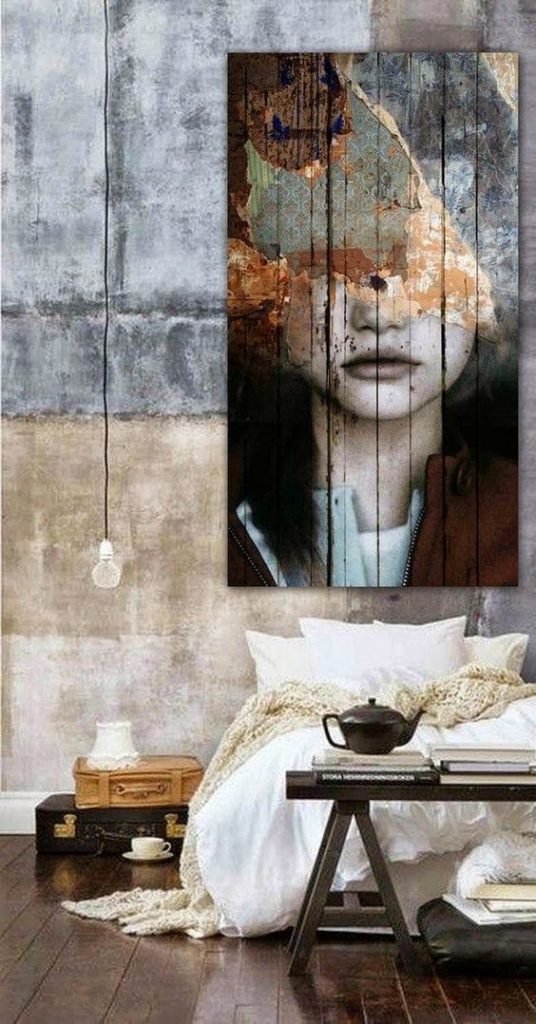
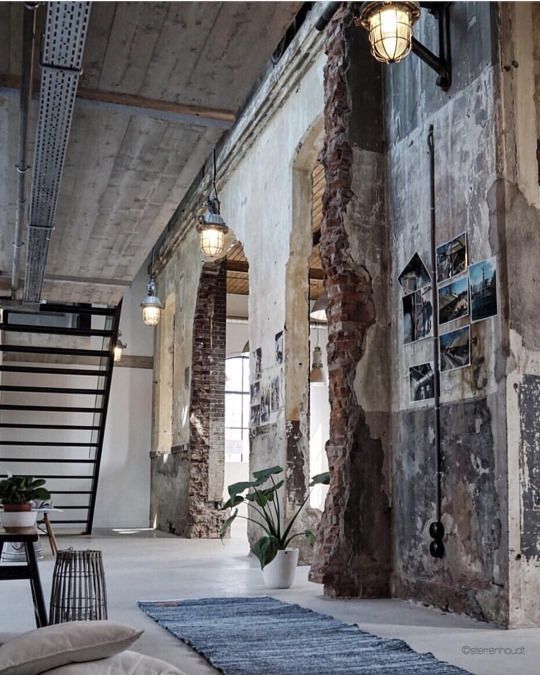
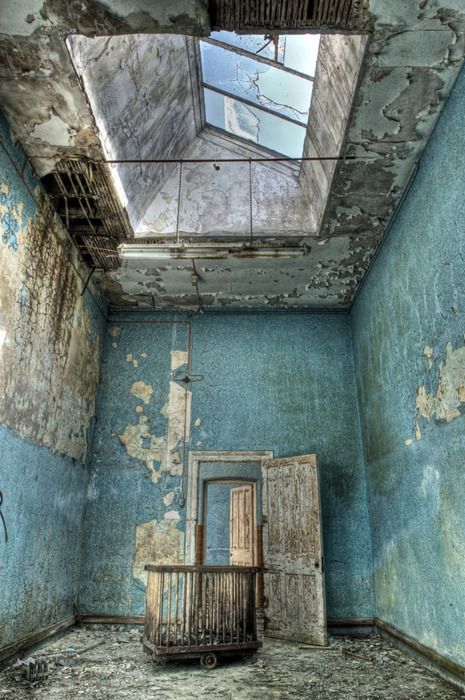
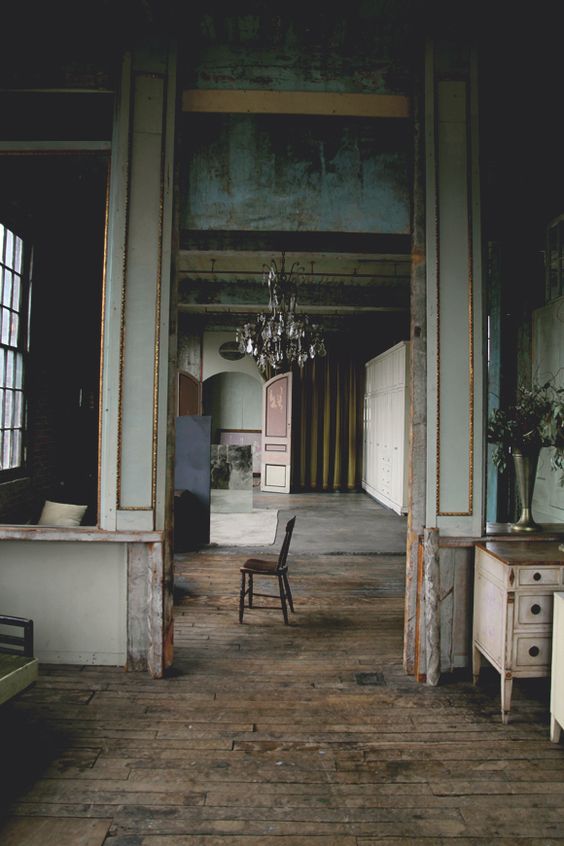
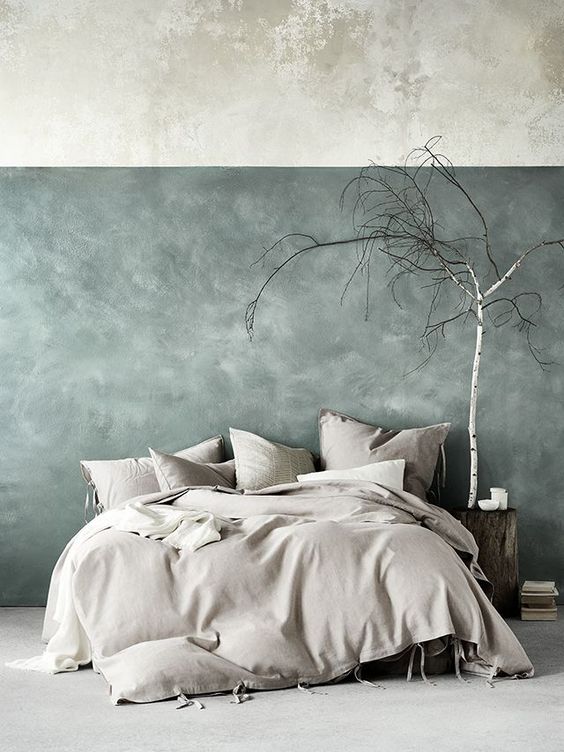
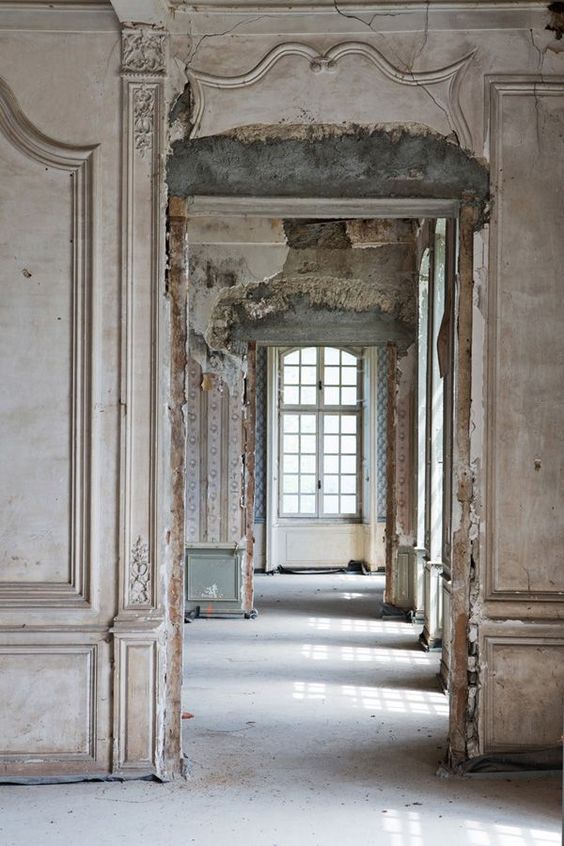
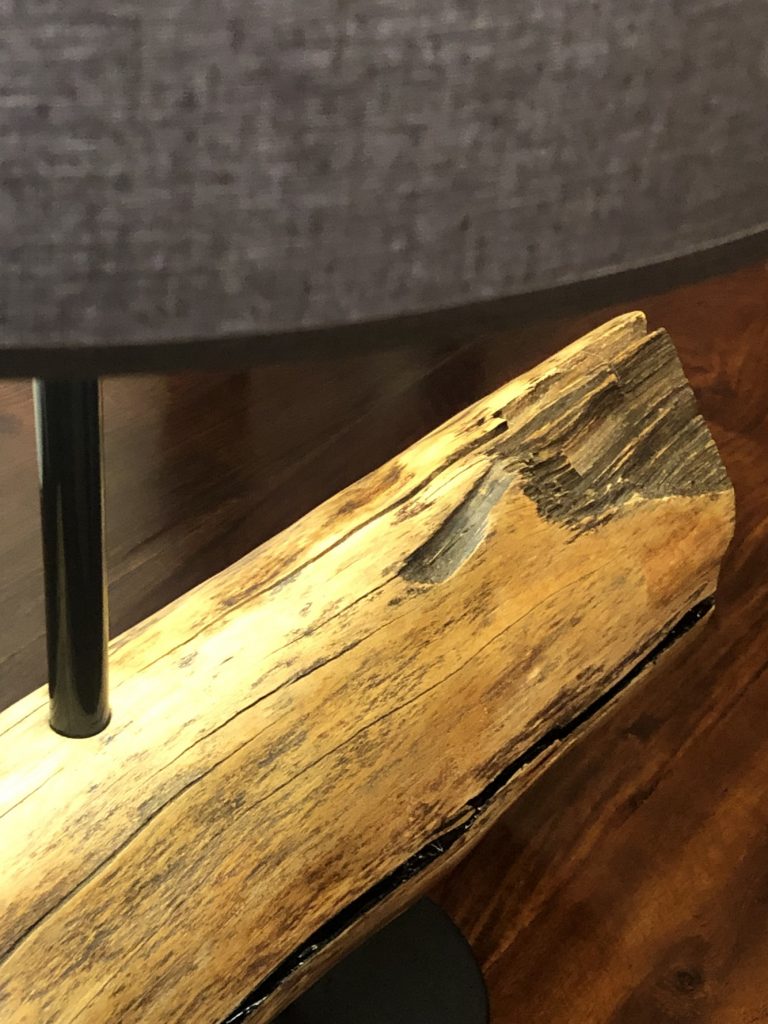

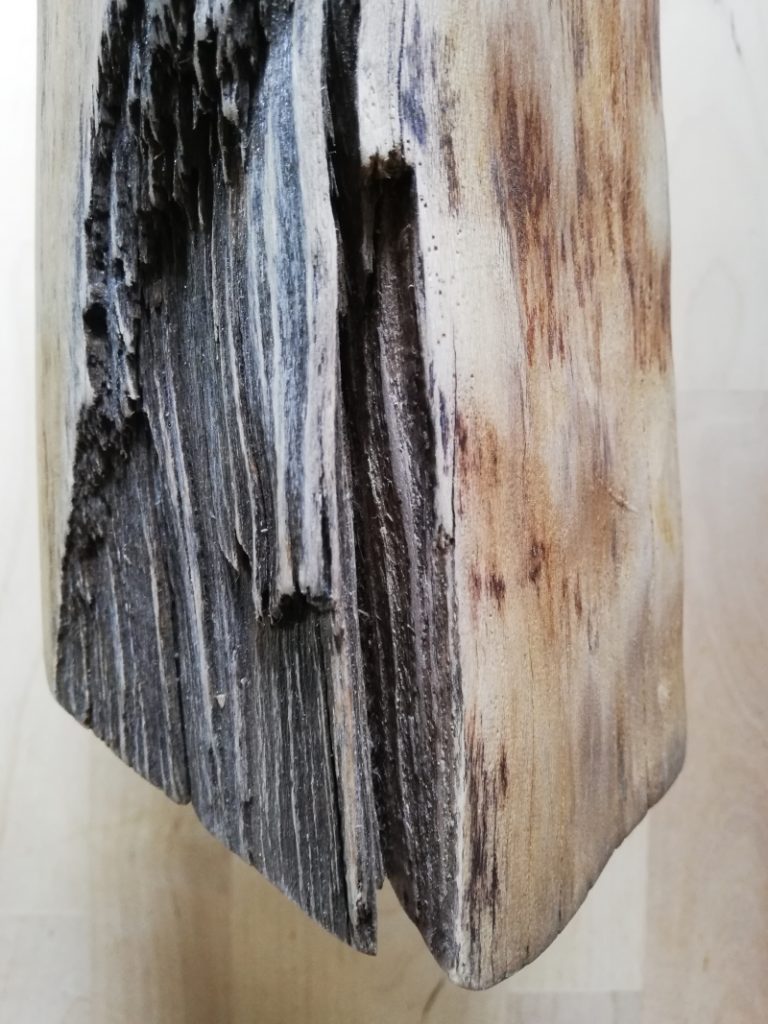
The praise of the decadent, the appreciation of the old
The grunge look touches on style principles wabi-sabi,, but it is more urban. It celebrates the rustic, but accentuates the passage of time. In his veins runs the same blood as the shabby chic, but rejects sweet romanticism. It's a celebration of what's old and worn, used and frayed, but it's the big new trend, so desired in interior design that the new is forced to age. Whenever there is no time to give time to time, time rushes. Patines are created artificially and on top of the freshness of new walls is invented extra time that has not yet passed through them and uses that have not yet been tried. Ingenious artifices born from the wise hands of masons, handled with the expertise of painters and plasterers, or invented by the creativity of decorators and artists. Aware of this universal tendency for imperfection, for the wrinkles of made-up masonry faces, the specialty industry itself shortens paths and presents short cuts, as practical and easy to use as wallpaper, aged, pickled or burnt wood panels or even ceramic coverings that faithfully and tastefully recreate the old age of materials, the oxidation of iron, the wear and tear on any type of material, for thereby recognizing greater character and personality. Because it's easier to become affectionate and call home an unpretentious and welcoming space full of stories and scars, than sterile environments that always seem to have just been born.
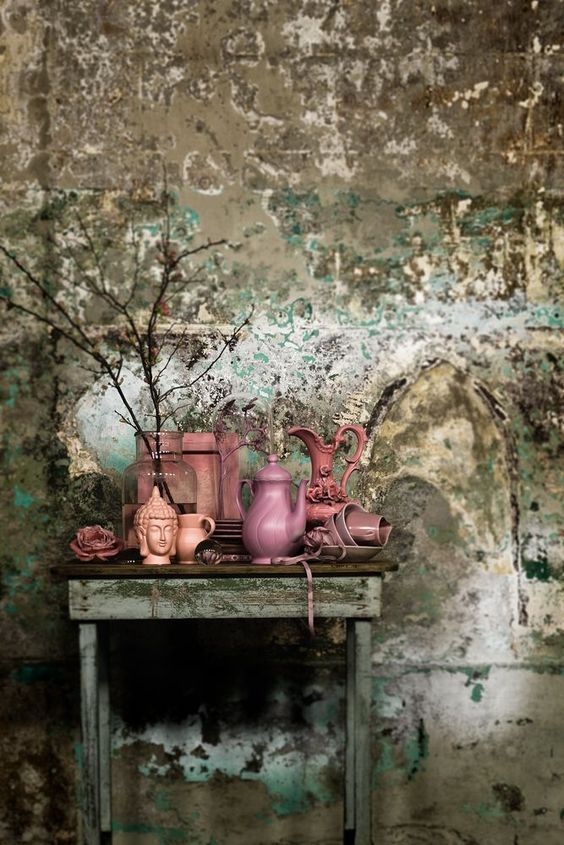
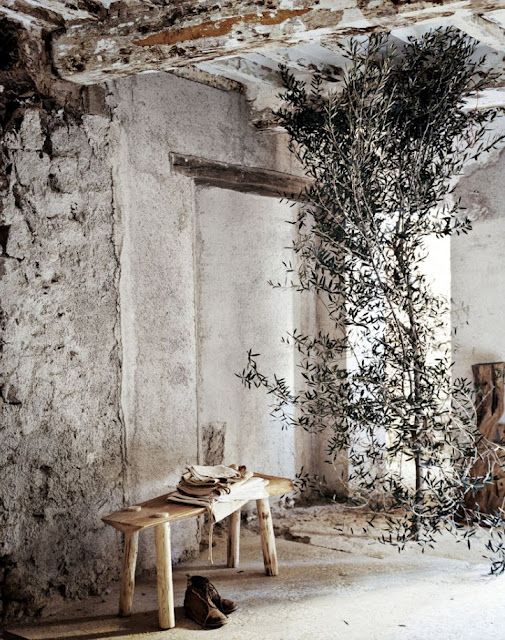
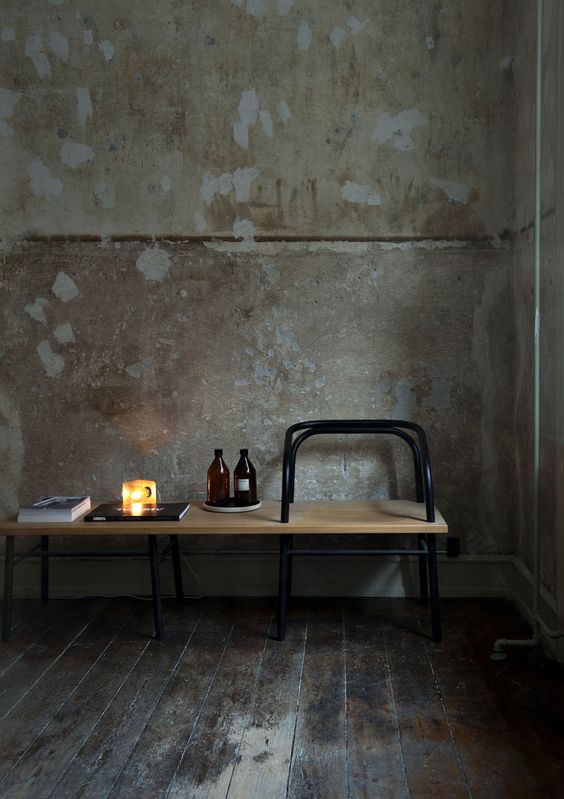
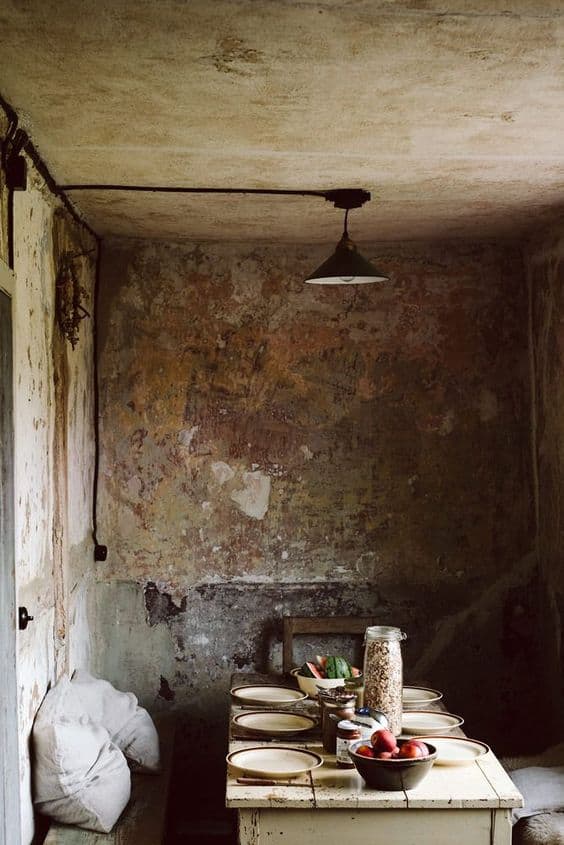
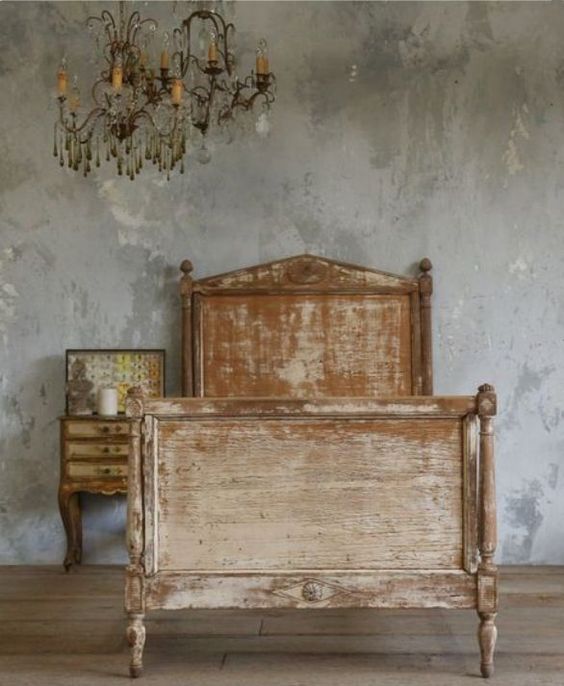
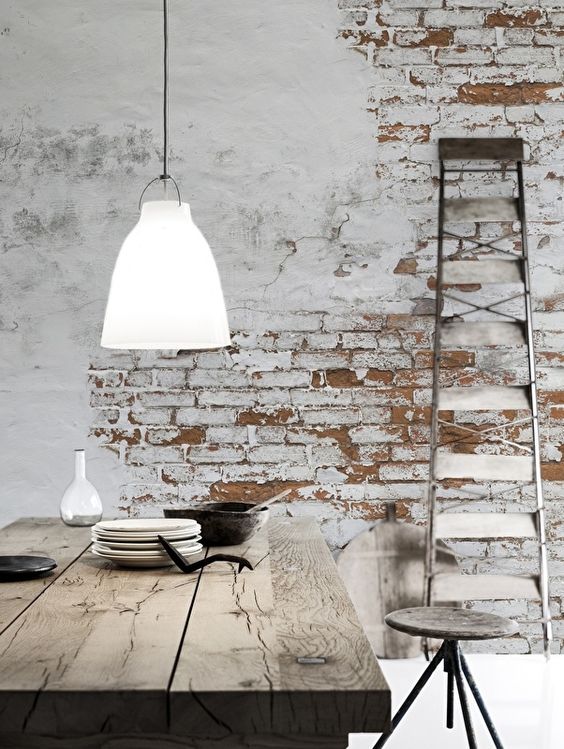
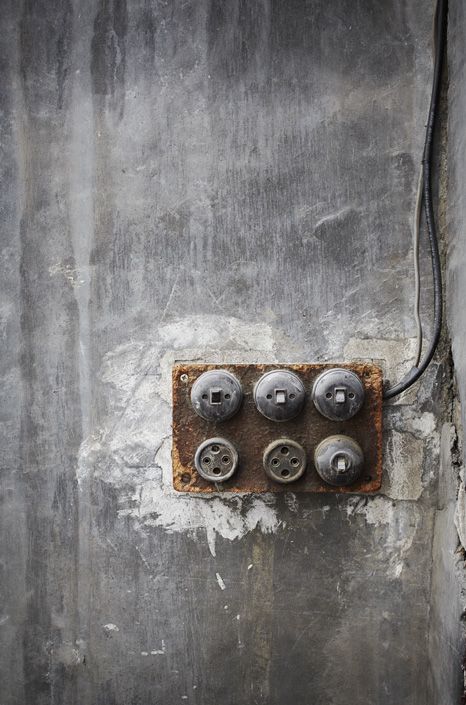

Need, technique and creativity
Assumed, without drama, in second homes, for which there is less money for expensive restorations, or because the recovery of an old house full of potential is being postponed, these walls gained expression in new yorker lofts, mountain or beach huts. They match well with the industrial style, which requires little polish and no delicacy. Peeling walls and doors, poorly cared for and in need of maintenance are easily accepted in country houses or huts with their feet in the sand. They trigger good memories of vacation and heat, in coordinates that live to the south, and exude the wild side of outdoor life and frontal and carefree exposure to the elements. They reinforce lifestyles that are more interested in living, enjoying, and experiencing than ones wanting to look perfect and flawless. They are typical of solid constructions, where the crumbling of the plaster does not indicate a lack of resistance, as it exposes the stone, the brick and the solid concrete structure that, despite the external wear, still ensure its bones and strength. They are synonymous with relaxed personalities full of self-esteem, who assume their nature, their origin and their defects and excesses. They transform what seems little into a lot and this magic pass is passionate and attracts smiles, because it is done in front of everyone, without fear or shame. With nothing up your sleeve.
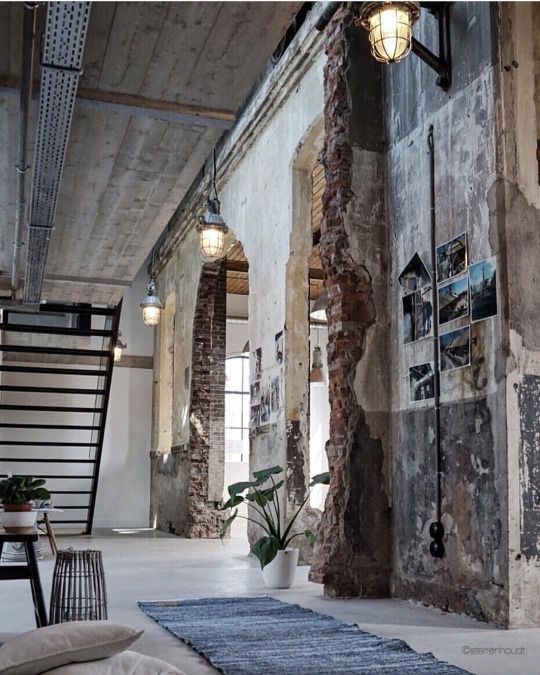
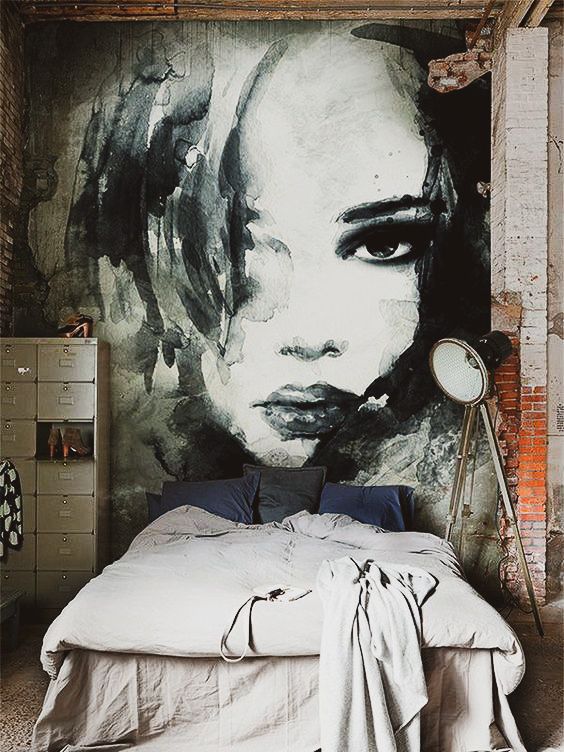
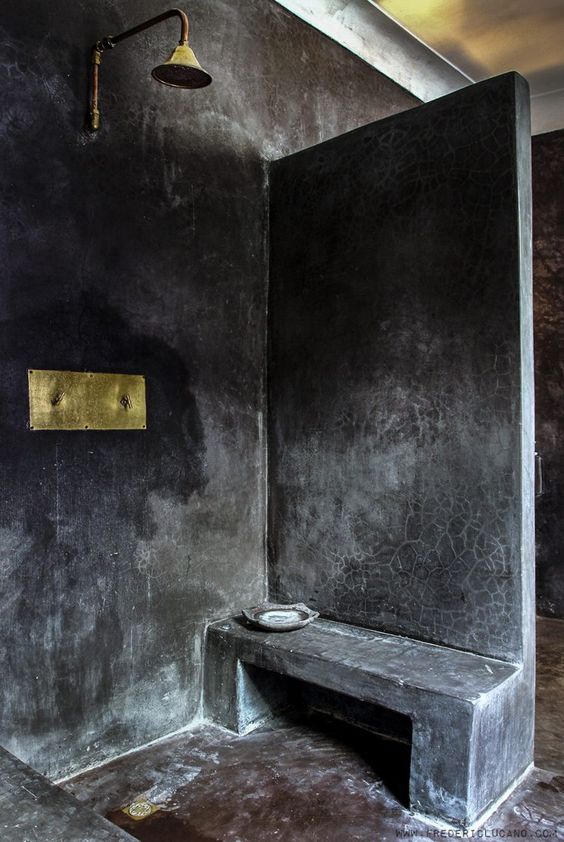
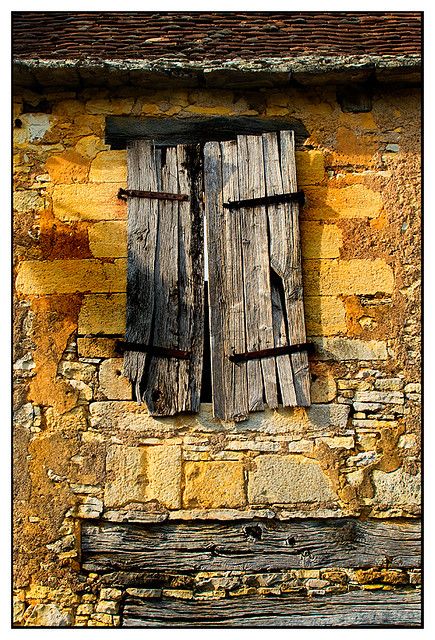
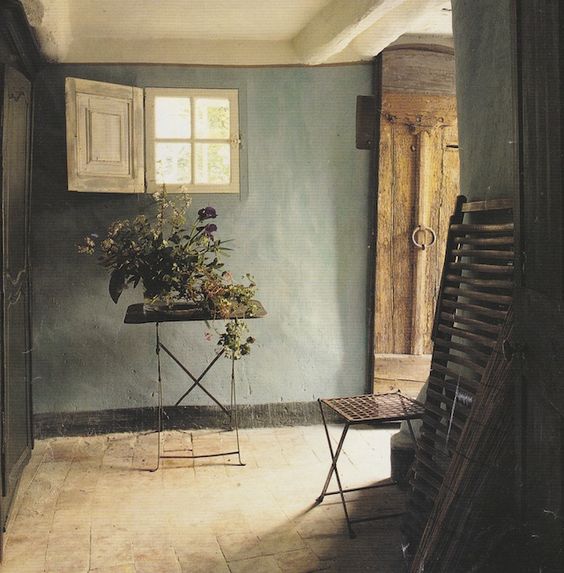
The old is new
What only time knows how to sculpt with rigor and without haste, in a random way and with its artistic hand, is now imitated, diligently recreated in a make-believe that, contrary to aspiring to rejuvenation, is attracted by knowledge born on experience, by age and life baggage, by used and spent, by decrepit. This erosion is replicated with all kinds of artifices, from burnt cement, to the most varied wall coverings, through painting techniques that mix colors and their hues, so that they do not reach the uniformity of the surface, in an illusion of texture, of roughness and ageing, in the clear imitation of rust, of the old, of the holes of the wood bug, of the blackness of decay. A powerful statement which takes to heart the maxim that some people's garbage is someone else's luxury. Shown in a single wall, or in a plurality of them, this style gains space and supporters in numerous restoration projects, but also from scratch, valuing the wise principle of wabi-sabi, that there are no imperfections, only identity traces, only identities, only things and their circumstances and vicissitudes.
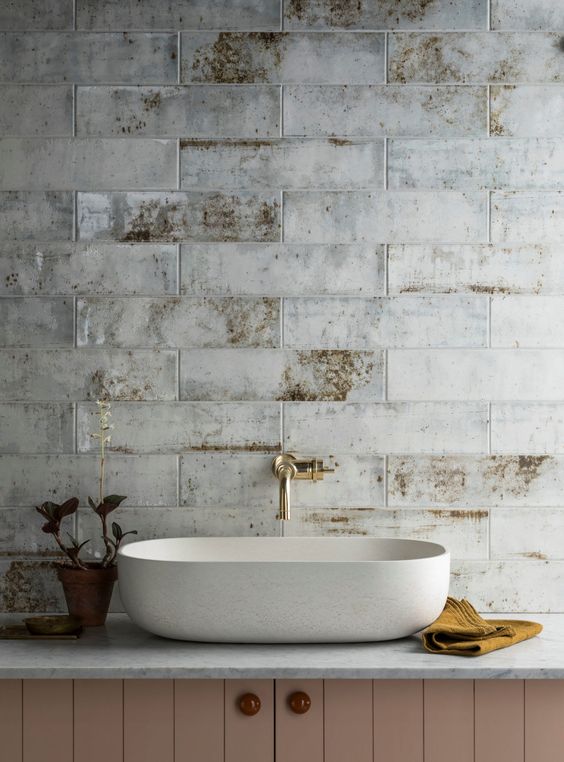
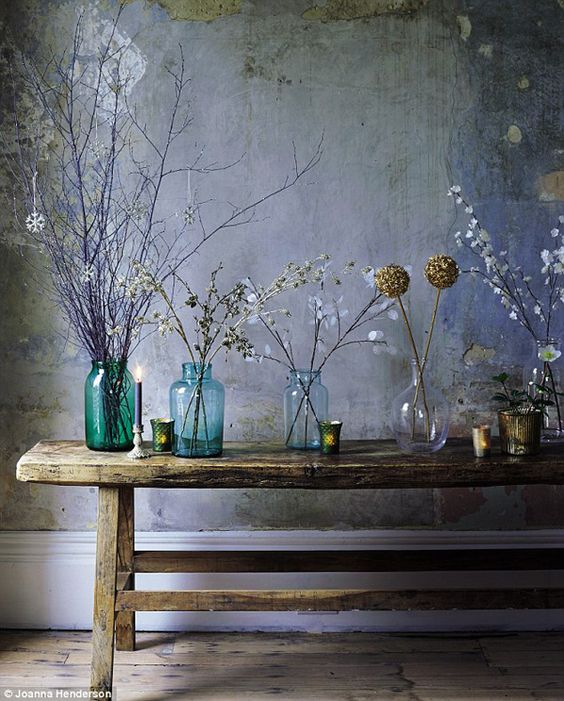
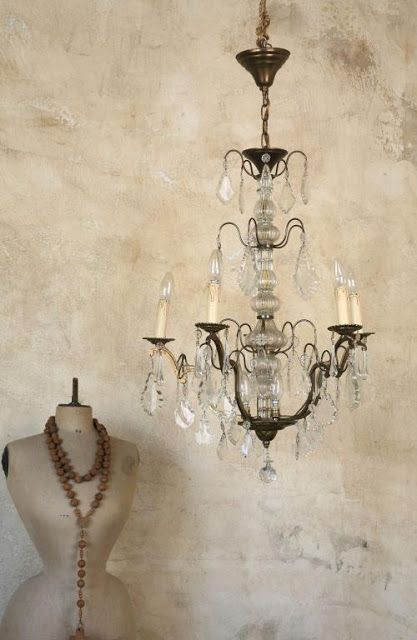
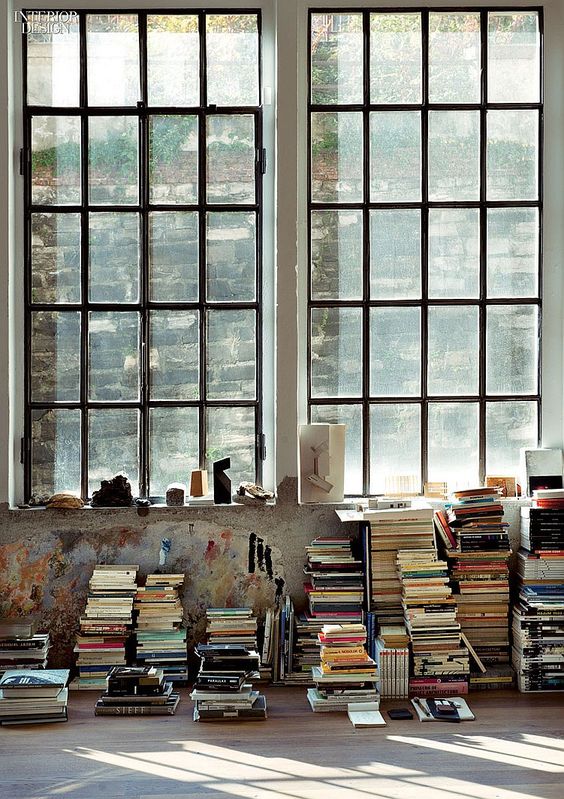
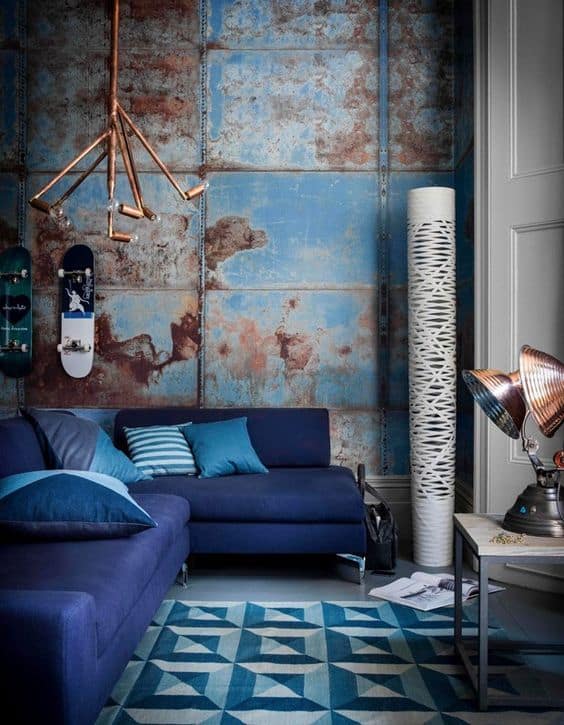
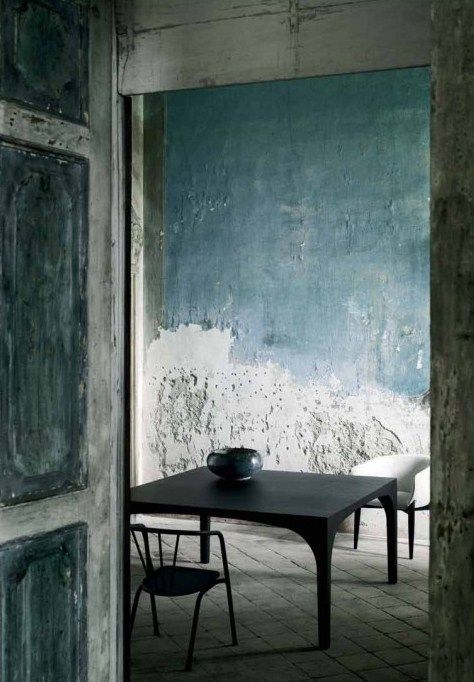
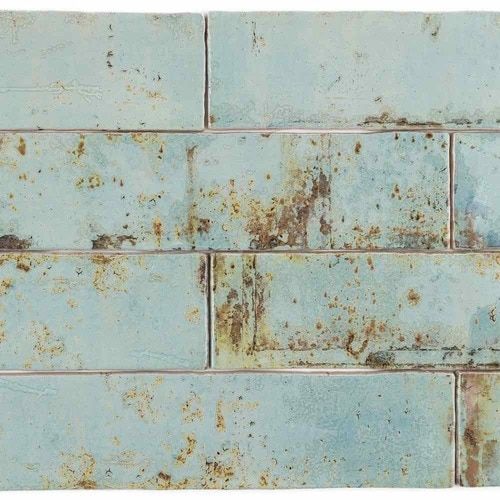
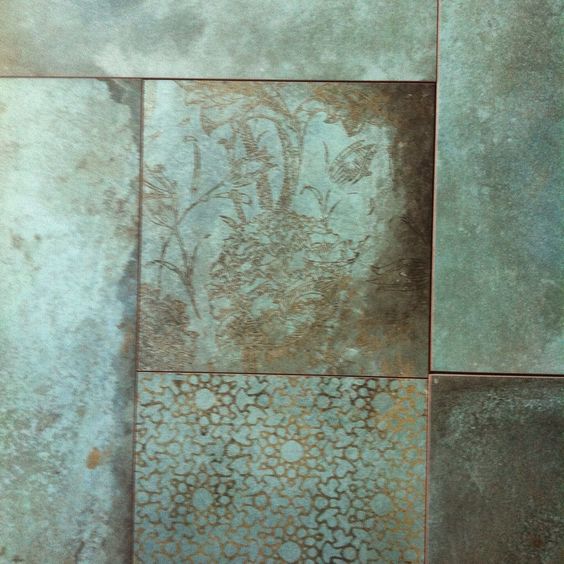
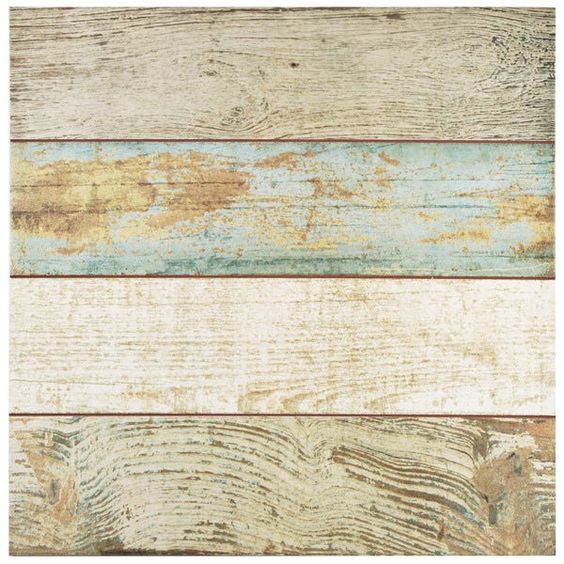
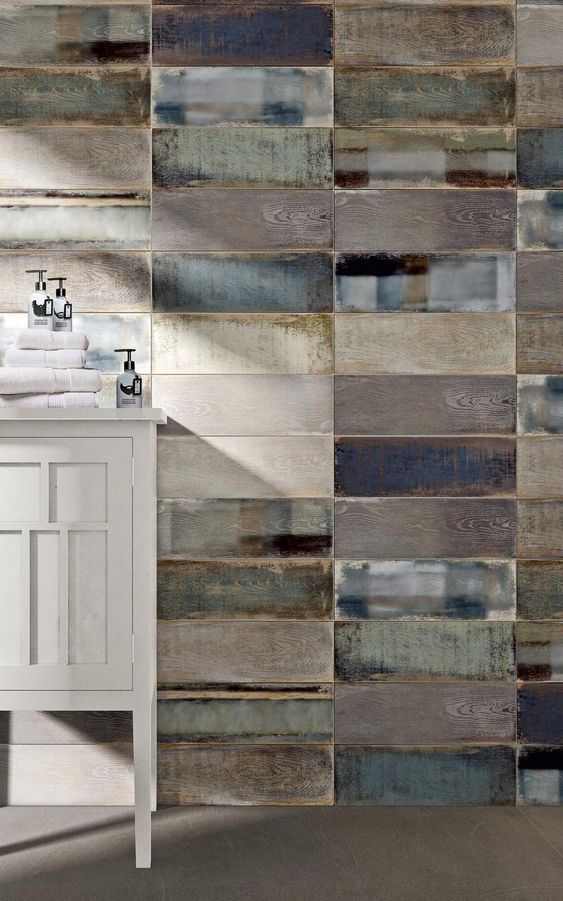
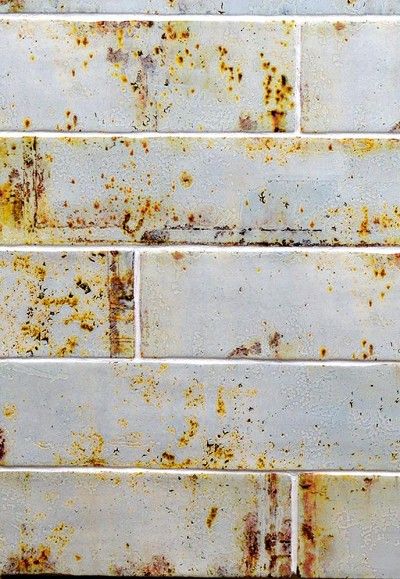
The art of exposed brick
If we could, we would all have walls – at least one, however small – signed by Alexandre Farto, aka Vhils, surely one of the Portuguese artists who most inspires the trend of appreciation for these sculpted walls, where you can see or just imagine faces on them, traits and stories that preceded us and will follow us. They are walls with depth, stripped by layers, exposing themselves to the limit of the possible, which assume, at the same time, function and decoration. They are self-sufficient elements in the decoration, self-sufficient to 'embellish' and amaze, being themselves so at their limit, so on the edge of the abyss, but not of collapse. In contrast to environments clean and minimalists, assume a certain affront, disdainful of perfection that ends up valuing both aesthetics. When incorporated in sumptuous and maximalist environments, they elevate the bohemian and blasé profile, where author pieces and contemporary design fit together as well as an armchair bought in a junk or antique store.
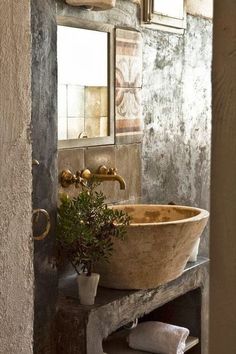
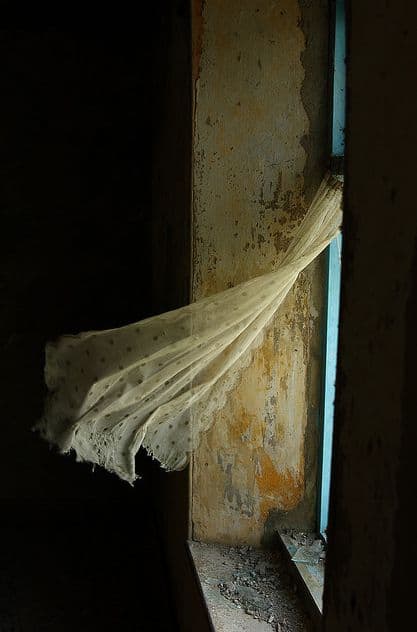
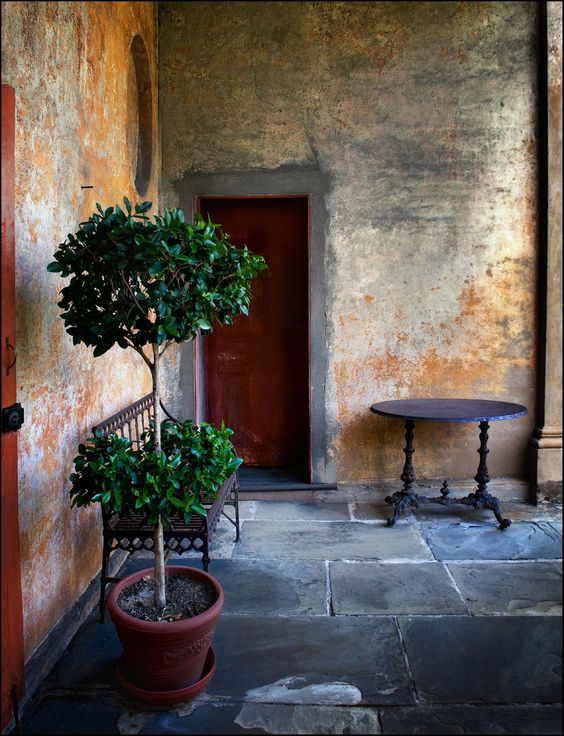
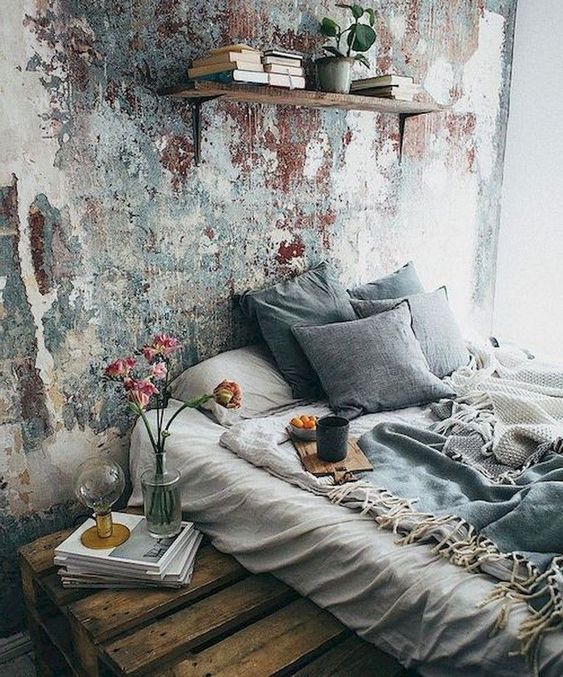
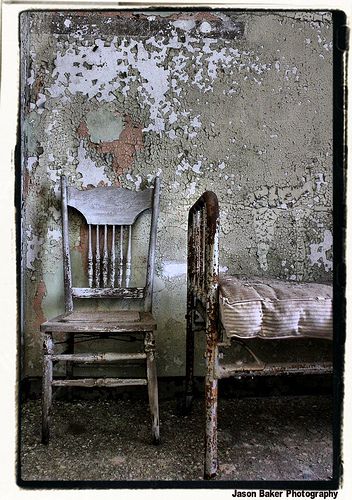
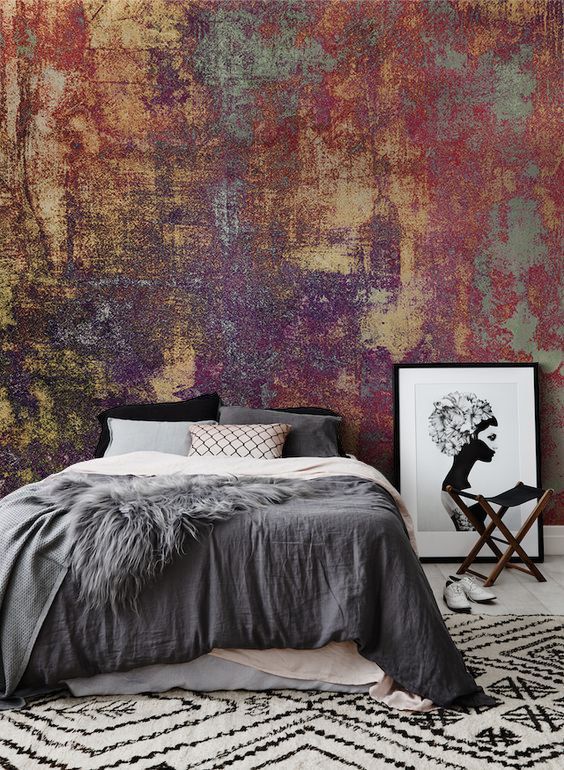
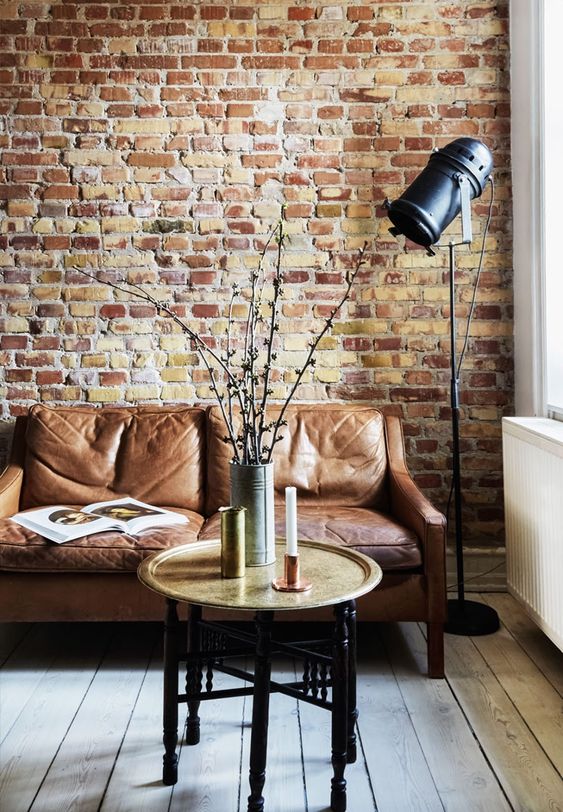
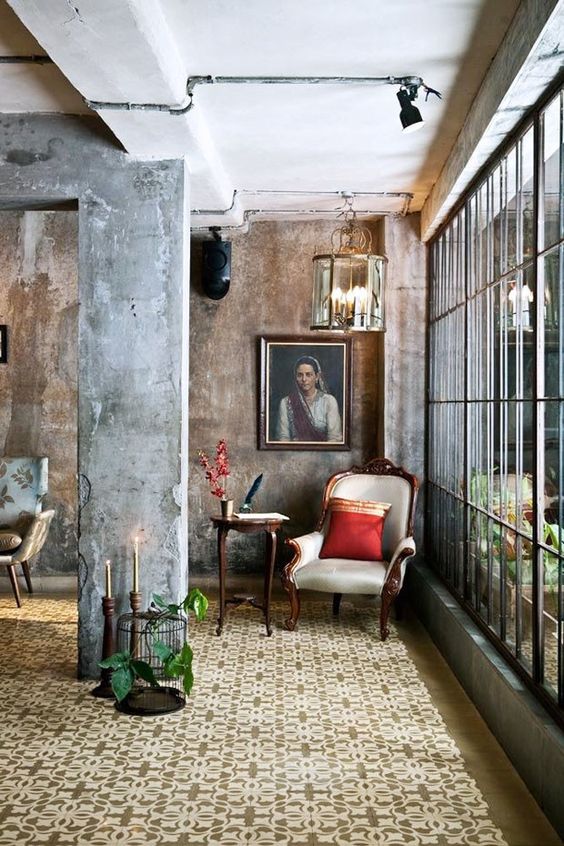
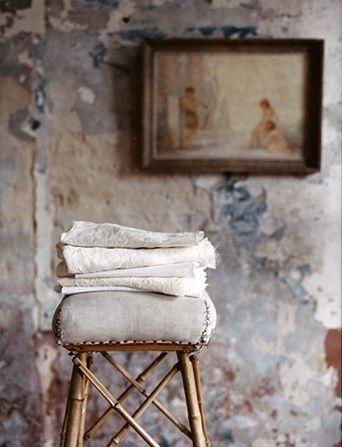
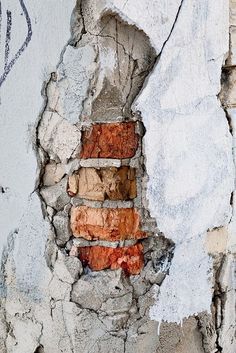
Rough-faced raucous walls
Brick, reinforced concrete, old wooden structures, all exposed like scorched flesh, like skinned knees. Just flesh and bone, tendons and sinews, all of them fundamental elements in a house you want to live in. In a workshop like the lamps Light It Be , where abandoned wooden logs are seen as an exceptional matter, we recognize this love for imperfection, for the caprice of time and the elements that twist and ruffle, freely and savagely shaping the world. We value the wrinkles and accidents along the way, which make everything so unique and inimitable, so special and challenging. So natural and human. It is always with modesty that we use the sandpaper, chisel or scooper, touching only what is necessary to achieve what is necessary for the functionality of the piece. Because, in our eyes, perfect is the imperfection of each branch, twig or bud already guessed in the branch. We don't confuse perfection with the smoothness of plastic or the industrial finish and even in the face of our manual mistakes, we think a lot before 'correcting', so as not to hurt the unexpected and the surprise. Valuing time, wear and the possibility of error does not only promote the possibility of beauty of any piece or object, it gives us many opportunities, as many as necessary to be happy and fulfilled in what we love to do. It grants us the intrinsic right to make mistakes, to fail and try again, or just accept the result with grace. This, yes, is perfect! This illuminates.
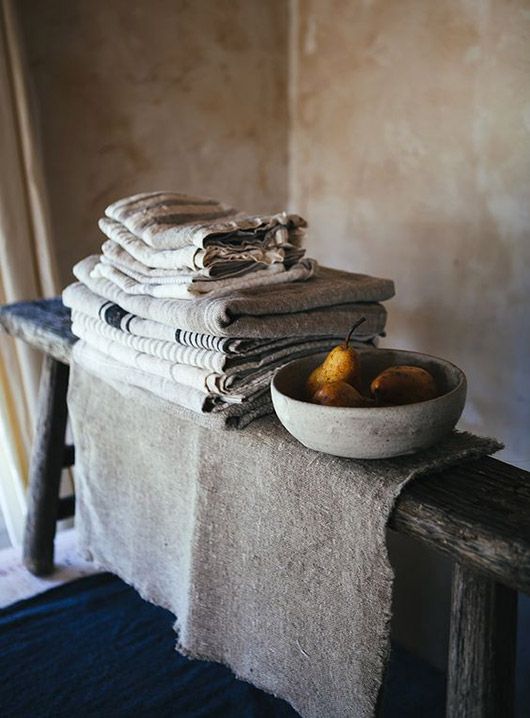
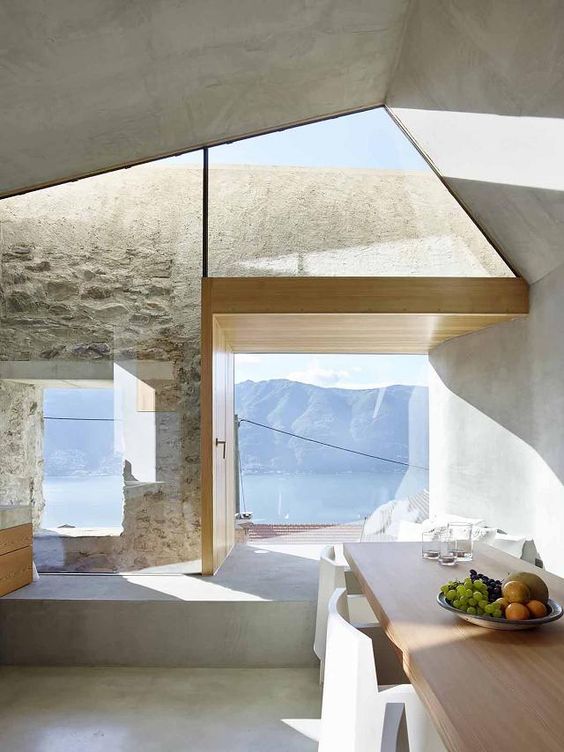
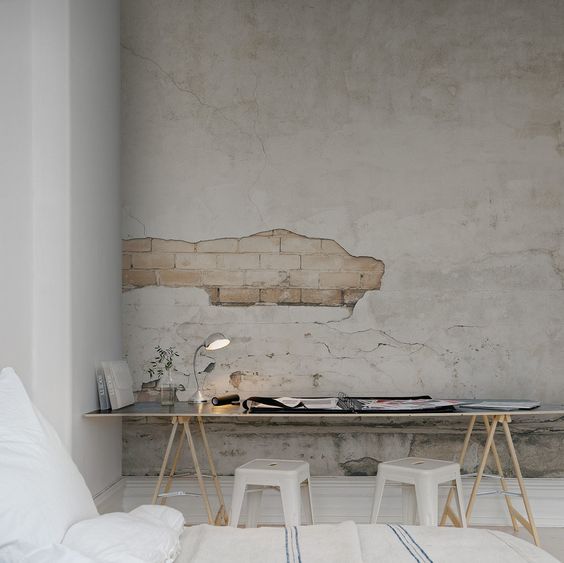
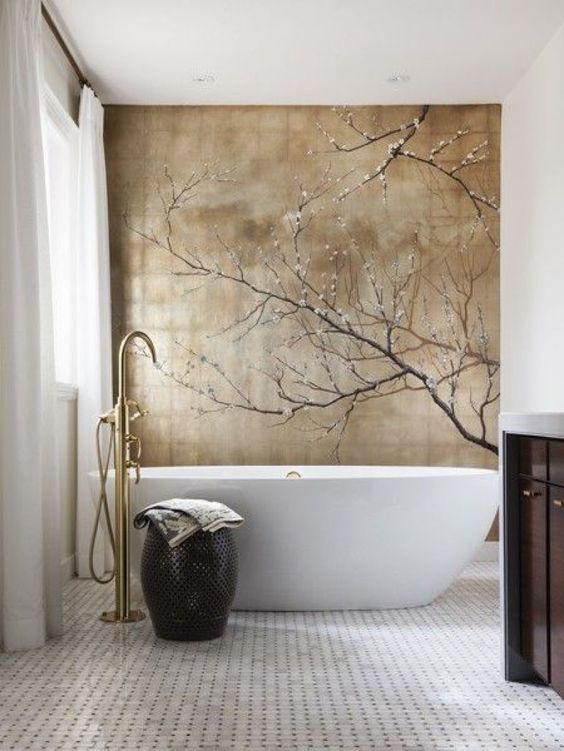
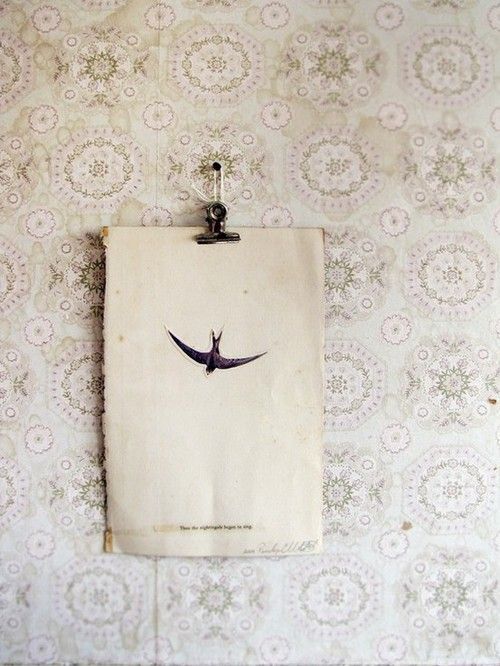
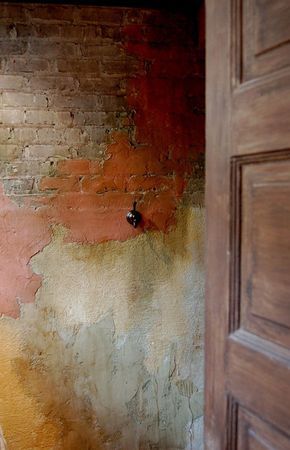
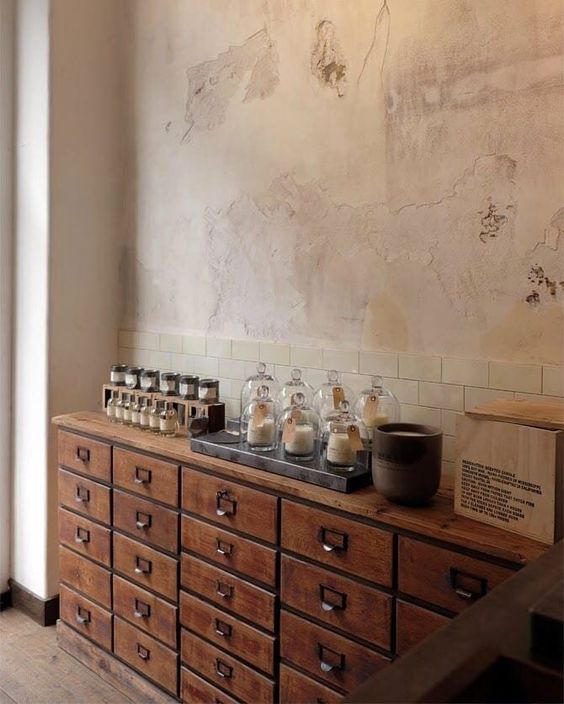
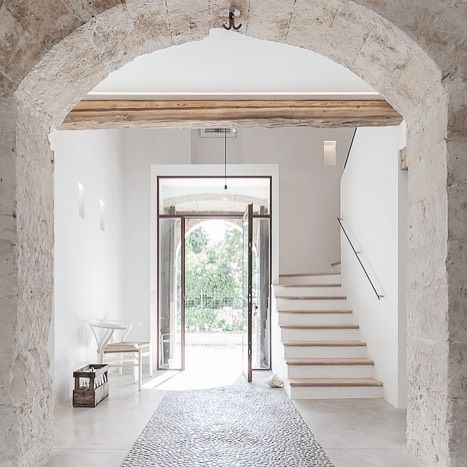
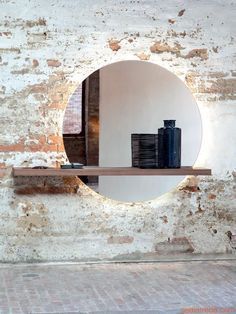
Photography – Light It Be and Pinterest


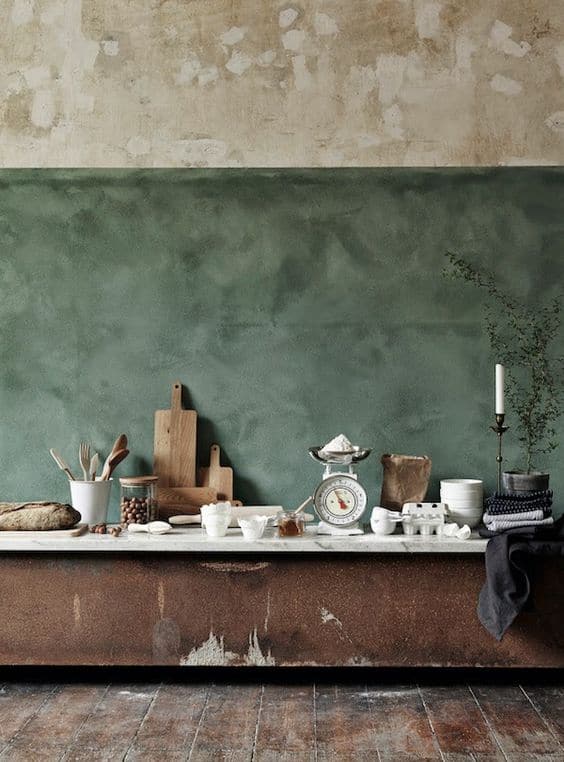

0